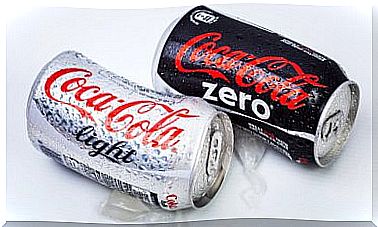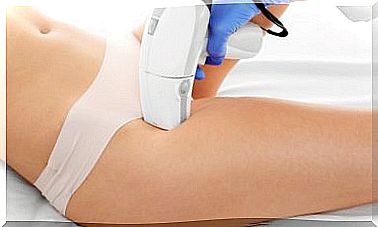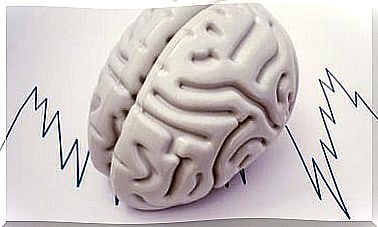Giving Blood Is Giving Lives
It is estimated that, globally, every three seconds, a transfusion is needed for one person. Hence the urgent need to urge the population to donate blood.
Donating blood is a process that takes less than half an hour. In fact, the extraction itself usually takes about 15 minutes, maximum. Now, the biggest concern for most people who have never donated is the amount of blood that is donated. Well, this amount barely reaches 450 ml of blood.
Considering that the average adult human body has between 4.25 to 5.67 liters of blood, the amount that is donated is minimal. Now, not everyone can donate blood. Despite goodwill, you need to meet some requirements, such as the ones we will mention below.
Requirements to meet to donate blood
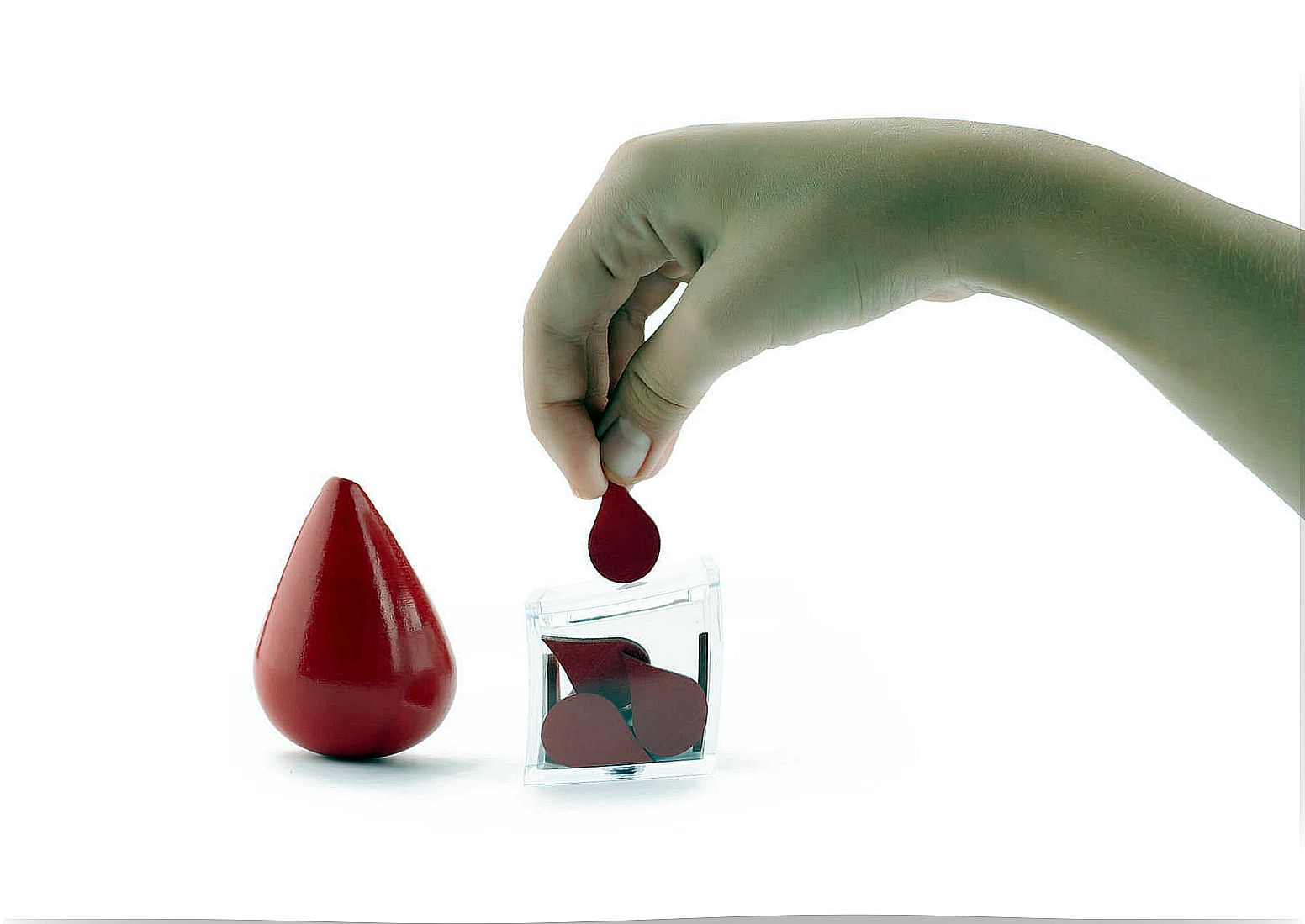
There are three basic requirements to donate blood: be of legal age, weigh more than 50 kilograms and be in good health. Now, according to the Red Cross, there are other aspects to take into account. For example, you will not be able to donate blood, temporarily, in the following cases:
- You have recently undergone a surgical procedure or exploration. In order to donate, the intervention must have occurred at least 4 months before.
- You have had a fever or an infectious disease.
- You currently live with people infected with hepatitis B or C.
- You are a woman and you are pregnant.
- You feel unwell and are waiting for a diagnosis from the doctor.
- You have traveled outside of Europe or have lived in the UK for 12 months in the period 1980-1996.
- You have a history of Creutzfel-Jacob disease.
- You have had body piercings, tattoos, or resorted to acupuncture.
- You have been vaccinated for: flu, hepatitis, chickenpox, rubella, measles, mumps, among others.
- You have practiced risky activities: from exchanging toothbrushes, blades and syringes to having unprotected sex.
- You follow some treatment with pills for acne, psoriasis or alopecia.
- You have had an endoscopy.
When can you not donate blood?
Unlike the previous cases, you will not be able to donate blood, in short, if:
- You have tumors.
- You are a carrier of the hepatitis B or C virus.
- You have AIDS, HTLV I / II, Chagas disease, malaria.
Important aspects to consider
To donate blood, you must have eaten at least a small amount of food. Unlike a regular blood test, donation does not require fasting. On the other hand, you should go well rested and calm, and in case of nervousness, it will be necessary to notify the health personnel.
In the event that the person meets the requirements but feels excessively nervous or has been exposed to prolonged or violent physical exercise during the last hours, or to very high temperatures, the donation should be postponed.
What produces the most nervousness in people is ignorance. Therefore, it is important to inform yourself very well about what the donation process involves in order to look at it with perspective and serenity. It can also be helpful to do deep breathing exercises to gain peace of mind.
How is the donation process?
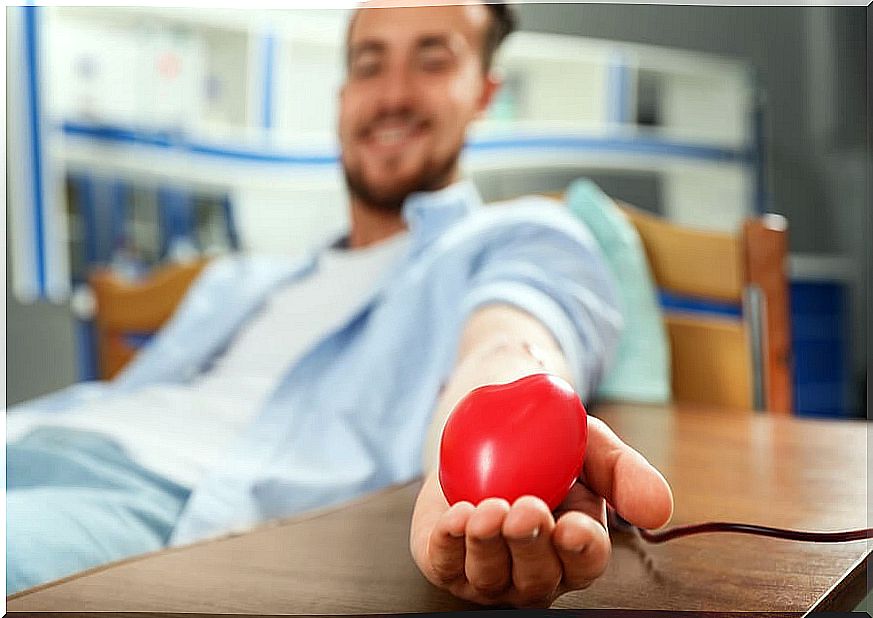
Once you arrive at the donation center, the first thing to do is fill out a form ; In this, information is requested about the current state of health, history, medication taken, lifestyle habits, among others.
After filling in the form, a doctor proceeds to conduct a medical interview. He will also proceed to take the blood pressure and check that the person does not suffer from anemia.
If the recognition denotes a good state of health, the next step is the blood donation. The nursing staff will prepare everything to draw 450 ml of blood, which, as mentioned before, will not pose any health problem.
The bags in which donations are collected are refrigerated and sent immediately to the blood transfusion center, along with another blood sample that is used for blood type typing and that is analyzed to rule out infectious diseases. The result of this analysis will be communicated to the donor.
Finally, you should know that the blood will be divided into three components: red blood cells, plasma and platelets. In this way, the same “blood” can be used to help sick people with different needs. Remember that, depending on the disease, the patient may need more one component than another.


